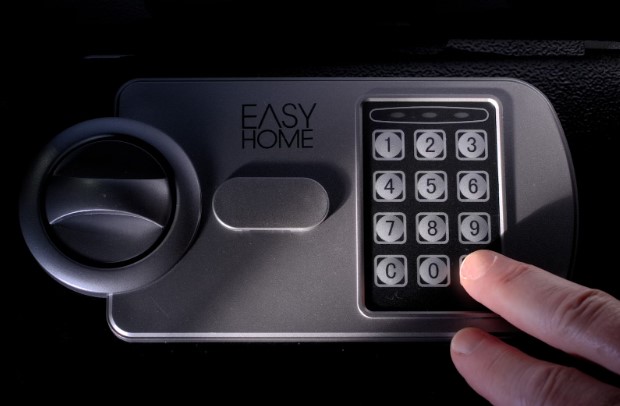Safes aren’t just for the elite or the over-cautious; they’re a critical component of anyone’s home security plan. With a myriad of options available, choosing the right safe for your needs can be a complex feat. We’ll guide you through the essential factors to consider when selecting a safe that not only secures your valuables but also aligns with your lifestyle and level of security consciousness.

Understanding Security Ratings
For some, it might mean withstanding a robbery attempt. For others, it could be about preserving important documents during a fire. Security ratings are established by organizations such as Underwriters Laboratories (UL) and are pivotal in determining a safe’s effectiveness. UL rates burglary-resistant safes based on their performance under attack by tools, as well as the time taken to breach the safe. Whether you choose to click here and learn more about the best and safest safes there are, or you consult with a security expert, understanding these ratings will help you make an informed decision when purchasing a safe. Meanwhile, fireproof safes are tested against certain heat levels and for their ability to withstand impact during a fire. For burglary protection, safes are assigned ratings such as TL-15 (able to withstand 15 minutes of assault with common hand tools) or TL-30 (withstand 30 minutes of attack). For fire resistance, safes are designated to resist fire at temperatures of 1200°F and beyond, typically for durations ranging from 30 minutes to a few hours.
Prioritizing Fire Resistance
Home fires account for a significant portion of safe-related incidents, underscoring the need for adequate fire-resistant capabilities. The contents of a safe could be far more irreplaceable than the safe itself, prompting a cautious evaluation of a safe’s fire rating. A quality fireproof safe will include thick, fire-resistant material, often layers of gypsum, which act as insulation. Look for safes with higher fire ratings if you need to protect essential documents or items with high sentimental or financial value. A common classification is the one-hour versus two-hour fire rating, which gives you a clear indicator of the duration the safe will protect your contents in the event of a blaze. Remember, the ability of a safe to protect its contents is relative to the home fire’s intensity. Always check what the safe is designed to protect against and for how long.
Size and Capacity for Your Needs
One of the most common mistakes when buying a safe is underestimating the required size. Considering that most safes are sealed environments, their usable space is often much smaller than one might assume. In a home environment, safes must accommodate a variety of items, from jewelry to firearms to important documents. Take an inventory of what you plan to store and ensure there’s room for future acquisitions. Safes are rated for the volume they can hold, often measured in cubic feet. Be sure to select a safe large enough to hold everything you need, but also consider where it will be placed. A massive safe may be hard to install and could potentially be a security risk if it’s not grounded securely. Furthermore, make sure your safe’s weight and dimensions align with the space you have available. Some safes come equipped with anchoring bolts and instructions for secure installation, so be sure to follow these guidelines to maximize safety and functionality.
The Key to Security: Locking Mechanisms
The locking mechanism is the gateway to your safe’s content and comes in several types, each with its own set of pros and cons. The traditional dial lock is known for its durability, not needing power, and not being vulnerable to electrical failures. Alternatively, electronic locks can offer quicker access, especially in emergencies, often with the option to set multiple user codes. On the upper end of convenience, biometric locks utilize fingerprints or retinal scans for access, offering a high level of security, but at a higher price point. Consider your needs for quick access and the level of convenience and security you seek. What’s most important is that the mechanism can withstand tampering and prevent unauthorized access.

Installation and Portability
Safes must be installed properly to serve their purpose effectively. Neglecting installation can lead to easy removal by burglars, or in the case of floor safes, a potential hazard if not fitted correctly. Safes can be secured in several ways—embedded within a wall, bolted to the floor, or even custom-built into your home. Opting for professional installation is a smart move, ensuring that the safe is set up securely and that it doesn’t compromise other aspects of your home’s security. If moving houses or simply want the flexibility to relocate your safe, fortifying it becomes more challenging. Look for safes designed to be both secured at your home and moved with greater ease, should you wish to change their location.
Purchasing a safe is a significant step toward a more comprehensive home security system. By considering these critical factors—security ratings, fire resistance, size, locking mechanisms, and installation—you’re ensuring that you invest in protection tailored to your security needs. Take the time to research different models and their specifications, read reviews, and even consult with a security professional if necessary. Remember, a safe is a one-time investment that has the potential to protect what matters most in your life. Don’t compromise on quality and choose the safe that makes the most sense for your present and future security needs.






